Education Group Calls for Exams in Year 3 to Ease Transition in Malaysia’s School System
November 13, 2024 at 11:00 AM
2 minutes read
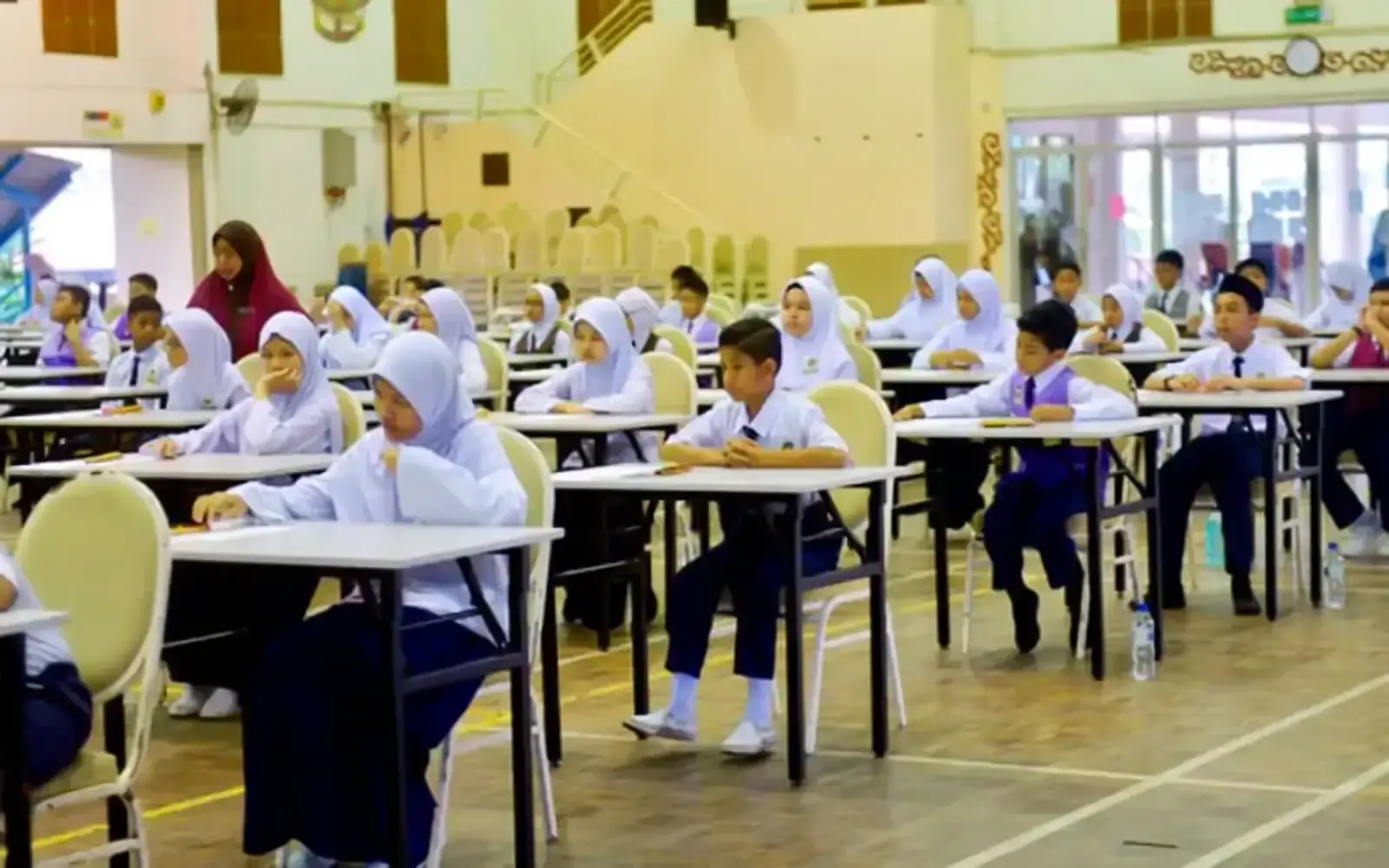
PETALING JAYA – The Melaka Action Group for Parents in Education (Magpie) has called on the Malaysian government to introduce exams for Year 3 pupils, arguing that the current practice of starting formal exams in Year 4 creates a challenging gap between lower and upper primary education. According to Magpie, the Year 4 final exam, known as UASA, requires students to review material from Years 1 to 3, which can be overwhelming for many young learners.
The UASA was introduced as a replacement for the previously abolished UPSR and PT3 national exams, which were eliminated in 2021 and 2022. Currently, school-based exams are conducted annually for students in Years 4 to 6 and Forms 1 to 3.
Magpie chief Mak Chee Kin suggested implementing an initial UASA exam for Year 3 students and recommended holding exams every semester to encourage regular study habits. “The education ministry should recognize that it’s not only classroom-based assessments that need improvement, but also student motivation. Without exams like UPSR and PT3, students lack the incentive to engage with their studies,” Mak told FMT.
Education Minister Fadhlina Sidek defended the UASA assessments, noting they align with international best practices and include not only academic assessments but also evaluations in physical education, co-curricular activities, and psychometrics.
However, Universiti Kebangsaan Malaysia’s Anuar Ahmad raised concerns about the readiness of Malaysia’s education system for school-based assessments, particularly in overcrowded classrooms with up to 45 students. Anuar emphasized the need to address the compact primary school syllabus to ensure effective teaching. “A packed syllabus means there’s a lot to cover, and each classroom has diverse learners. How can teachers cover everything effectively in overcrowded classes?” he questioned.
Up next






University of Texas System Announces Free Tuition for Students from Families Earning Under $65,000
November 27, 2024
2 minutes read

New Zealand Expands Visa Policies for International Students, Boosting Post-Study Work Opportunities
November 26, 2024
2 minutes read
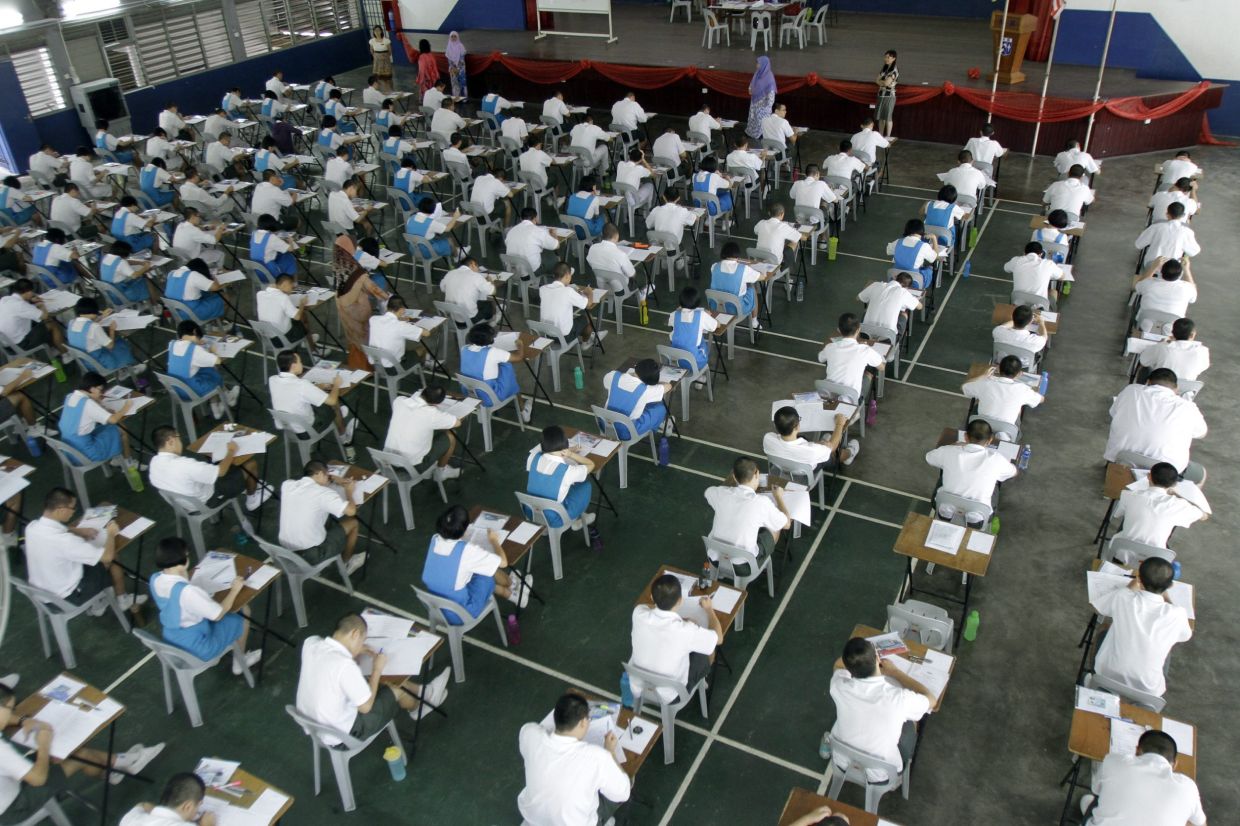

No Discrimination in Students' Course Placement at Public Universities
November 24, 2024
2 minutes read


M'sian Teen Duo Meet UK's Queen Camilla to Receive Top Prizes in Commonwealth Essay Competition
November 22, 2024
2 minutes read
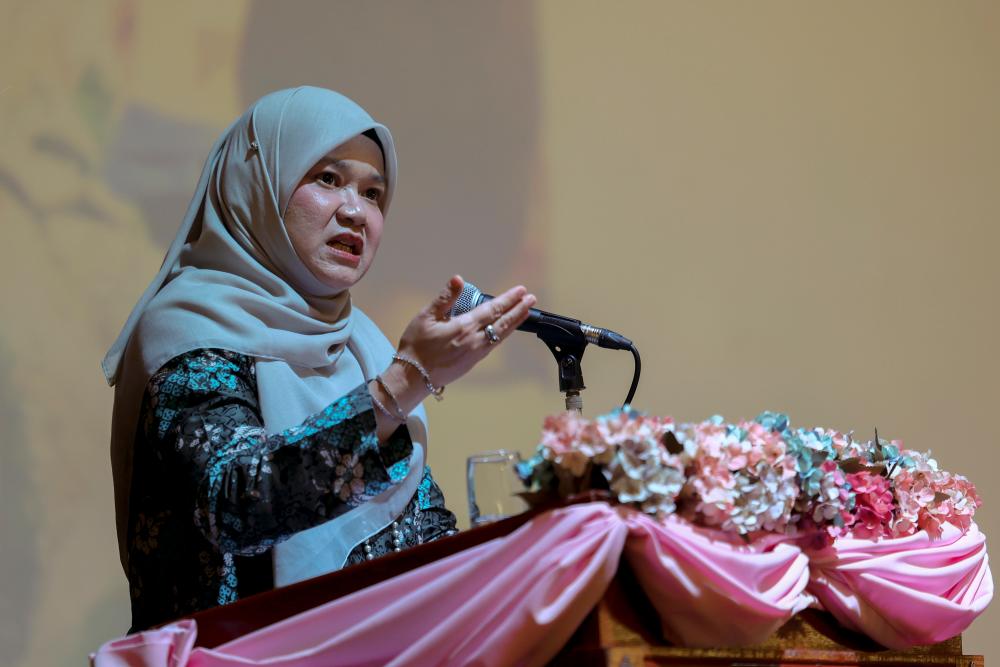
Afghanistan's Education Ministry Explores Modern Islamic Nations' Educational Models
November 21, 2024
2 minutes read


Indian Students Surpass Chinese as Top International Student Group in the U.S.
November 19, 2024
2 minutes read

Canada Expands Off-Campus Work Hours for International Students to 24 Hours Weekly
November 18, 2024
1 minutes read
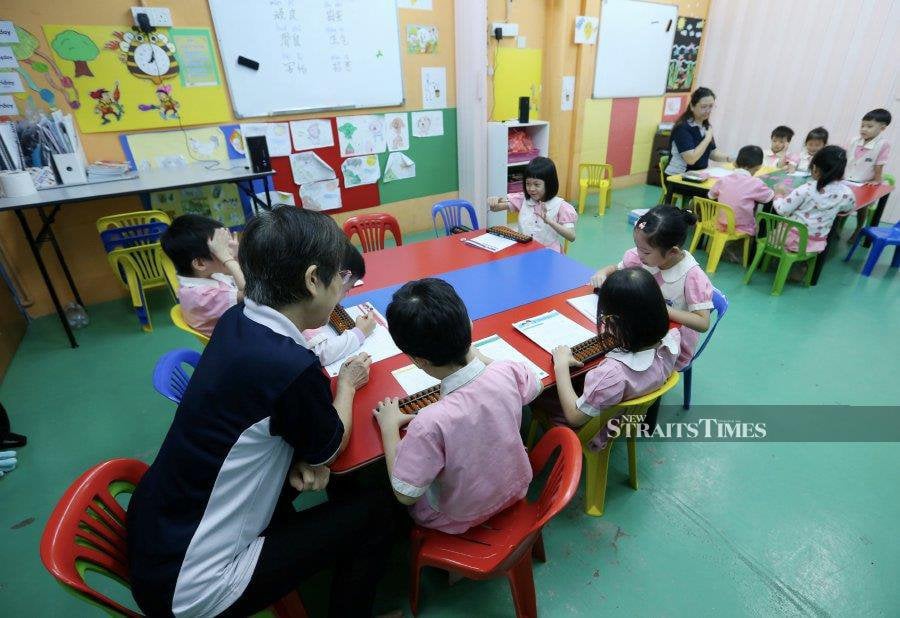

Malaysian Preschooler Sets Record by Naming 47 Dialling Codes in 60 Seconds
November 15, 2024
1 minute read

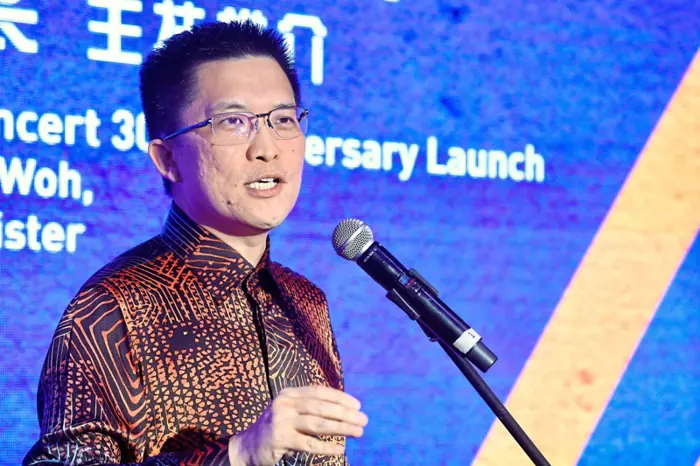
Malaysia Considers Single University Entry Exam for STPM and Matriculation Students
November 12, 2024
1 minutes read

Experts Urge Independent Intervention to Address On-Campus Bullying in Malaysia
November 12, 2024
1 minutes read

Singapore to Recognise Nine New Overseas Medical Schools to Meet Growing Healthcare Needs Starting January 2025
November 11, 2024
1 minutes read

England’s universities flex their muscles to hike fees, while students get a bum deal
November 11, 2024
2 minutes read